How do Japan, Korea, Thailand... "pick up money" from tourists?
Returning from a 5-day, 4-night trip to Japan, Minh Ha (living in District 4, Ho Chi Minh City) concluded that she had contributed more than 80 million VND to the tourism and trade industry of the land of the rising sun. It is worth mentioning that nearly half of that amount "flew away" after just one evening of wandering around shopping in Tokyo.
Intending to find areas that sell Japanese domestic products with the criteria of "delicious - nutritious - cheap", Minh Ha was led by a local friend to the Don Quijote department store chain. Similar to the CircleK or Ministop convenience store chain in Vietnam, it is everywhere, but the difference is that Don Quijote is very large in scale and "has everything". To the point that some people say that finding something that Don Quijote does not have is harder than finding the item they need.
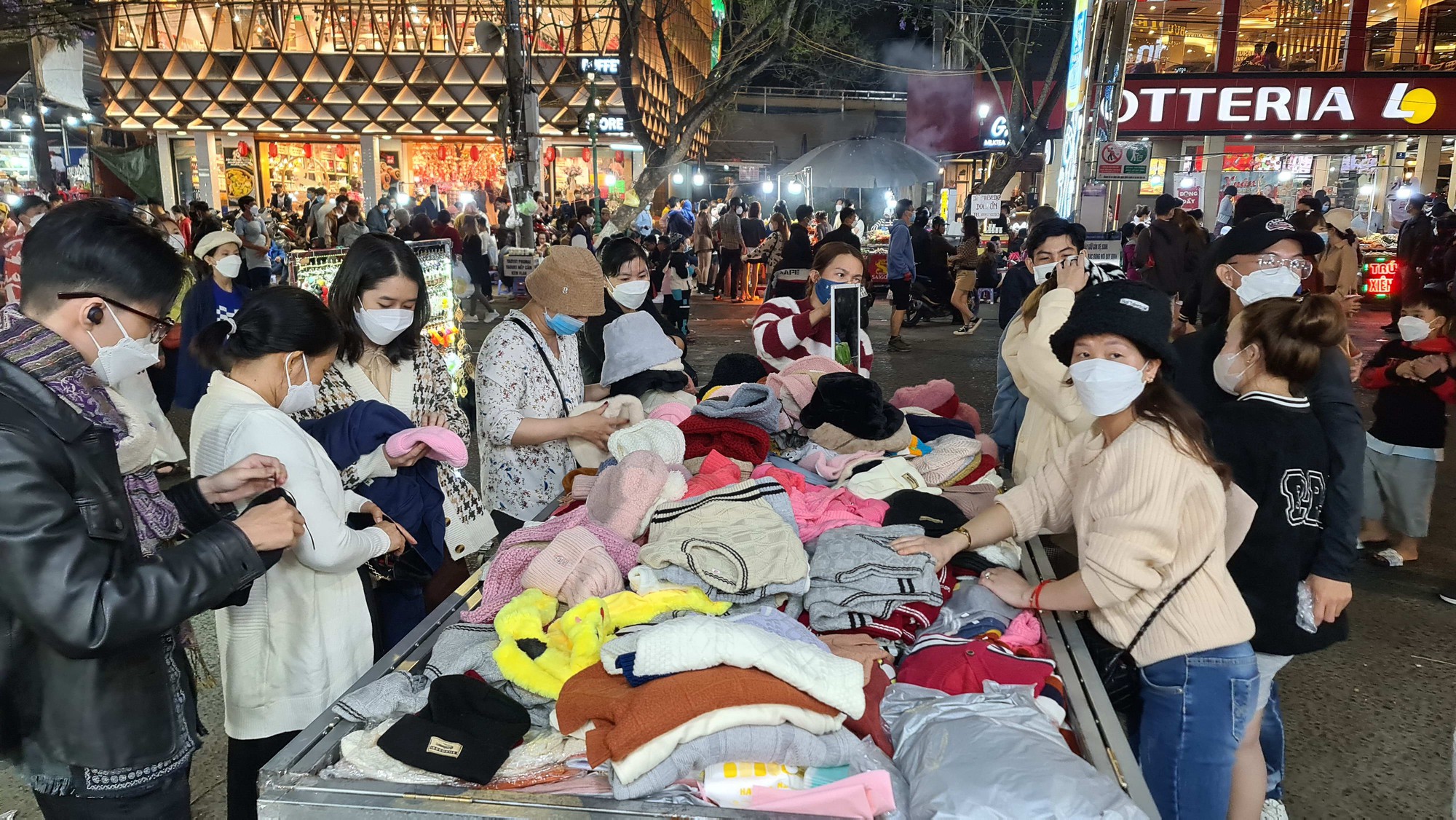
The night economy in Vietnam has only stopped at "bland" night markets and drinking streets. In the photo: Da Lat night market
Tokyo's largest Don Quijote store is located near Shibuya - the busiest intersection in the world - and has become a symbol of Japan, attracting a lot of tourists. It may take up to 3 hours to explore all 6 floors of this department store. Although each product is sold at a very cheap price and there are many promotional programs, every customer after leaving Don Quijote is carrying big and small bags as if they were carrying the whole department store home.
"The tourist checkout area on the 7th floor was incredibly crowded. There were nearly a dozen checkout counters, the staff were super professional and super fast, but we still had to wait in line for nearly 45 minutes to finish paying. In front of us was a long line of customers from Malaysia and a few customers who looked like they were from North America. They came in groups of 4-6 people, and each one filled a 2-story cart with cosmetics, candy, and souvenirs. This store is open 24/7, so the revenue every night must be huge," Minh Ha described.
Not only that, around the bustling Shibuya intersection there are many shops, food courts, entertainment areas, bars, pubs... After shopping, visitors can freely eat, drink and have fun all night long.
"In just one evening in Tokyo, I spent almost all the money for the whole trip, the budget deficit was expected to be heavy, but Japanese products are famous for their quality so I just had to swipe my card," Ha said.
Eating, playing, and shopping are the activities that most easily "pick up the wallet" of tourists. That is also the reason why Korea focuses on promoting the night market model after Bupyeong (Busan) - the first night market - was opened in the kimchi land at the end of 2013. Gathering many culinary dishes from many countries such as Vietnam, China, Thailand, Japan... and open every day of the week, Bupyeong is very crowded, especially during the peak tourist season.
After the success of Bupyeong, the night market model was quickly replicated in many other cities in Korea. Up to now, the capital Seoul alone has hundreds of night markets, serving the shopping, sightseeing, dining... needs of residents and tourists, making this city truly come alive when the lights come on.
Not stopping there, to make tourists spend more, the Korean government has built and developed many unique forms of entertainment. A typical example is Jimjilbang - public bathhouse. From a familiar activity in the daily life of Koreans, Jimjilbang has become one of the interesting experiences, on the list of things to do for tourists when coming to Korea.
After 1am, a public sauna in the middle of Seoul (South Korea) is still crowded with people registering. Not only steaming, soaking in hot tubs..., guests who come to the sauna at this time will also stay overnight here. Fluctuating from 12,000 - 50,000 won/person (equivalent to 230,000 VND - 1 million VND) depending on the scale and service, each night, a Jimjilbang can "pocket" a large sum of money thanks to welcoming locals and international tourists to experience this unique culture of the kimchi land.
Meanwhile, Thailand, Vietnam's leading tourism "rival", has developed a very good tourism model based on organizing events, parties, and nightclubs. Considered a destination where "you can have fun even if you run out of money", Pattaya (Thailand) is ranked 2nd in the top most attractive tourist cities in the world, just behind London (UK).
We still just stop at eating... then going to sleep
Looking at others makes me think of... myself. In Vietnam, since the Government issued the night-time economic development project in 2020, many localities have made efforts to develop tourism product systems after 6 p.m. However, only a few tourist centers such as Phu Quoc and Da Nang have created new products such as performing arts activities, movie screenings on the beach, check-in experiences, artistic lighting on the sea... The rest, the night-time economic development projects of most provinces and cities have the same direction of developing night markets and food streets.
It is worth mentioning that the products are poor and lack investment, so from the "ghost market" of Da Lat to Ben Thanh night market in Ho Chi Minh City or Nha Trang night market, Ninh Kieu night market (Can Tho) ... all suffer from the same "bland" disease. From the beginning to the end of the market, the stalls selling clothes, shoes, bags ... sell similar products and most of them are from China or "fake" goods. Not to mention the situation of shouting prices, soliciting, and haggling still happens frequently.
Meanwhile, the busiest "Western streets", considered as "magnets" attracting international tourists to the most bustling cities in Vietnam such as Ho Chi Minh City or Hanoi, have become drinking streets without anyone knowing. Beer stalls spill out onto the sidewalks, surrounding tourists. Inside are bars and pubs reeking of shisha and laughing gas.
In 2018, Thailand surpassed other countries and territories in Asia in terms of tourism revenue, reaching 57 billion USD in revenue from tourists, nearly double that of Macau (36 billion USD), Japan (34 billion USD), Hong Kong (33 billion USD) and China (33 billion USD).
Reviewing the tourist capitals of Vietnam, Associate Professor Dr. Tran Dinh Thien, former Director of the Central Institute of Economics, commented: "Da Nang is brilliantly beautiful with carefully designed lights on the bridge, but there are only beautiful lights and no people; Ho Chi Minh City with the "Western street" Bui Vien is bustling with customers dancing to the music, but Bui Vien cannot control it. My house turned on the speakers, his house also had to turn on the speakers louder, then the whole street was noisy. Hanoi has Ta Hien street with tables, chairs, customers and beer, but when there were many customers, eating and drinking beer happily, the restaurant staff had to carry the whole table away because the police came to remind them. How can customers like it then?"
According to Mr. Thien, the night time must be crowded with people like Bui Vien or Ta Hien to be truly a night economy. However, everything currently stops at eating and then going to bed. Meanwhile, at night is the time when customers are more easily "tempted" and more likely to spend money on shopping.
"The night-time economy is not just about eating and drinking, but it is truly a real economy with structure, mechanism, and motivation. Specific resources include key activities such as night-time entertainment (cultural activities, arts, theaters, music, entertainment programs, festivals, events), night tourism (visiting tourist attractions), night-time culinary services (restaurants, bars, etc.) and shopping activities (night markets, shopping malls, etc.). That requires localities to quickly promote tourism, diversify entertainment and commercial activities, and revive deserted urban areas at night. At the same time, it is necessary to consistently advocate developing tourism in a classy direction, encouraging and calling on capable businesses to develop the night-time economy," said Dr. Tran Dinh Thien.
Source link



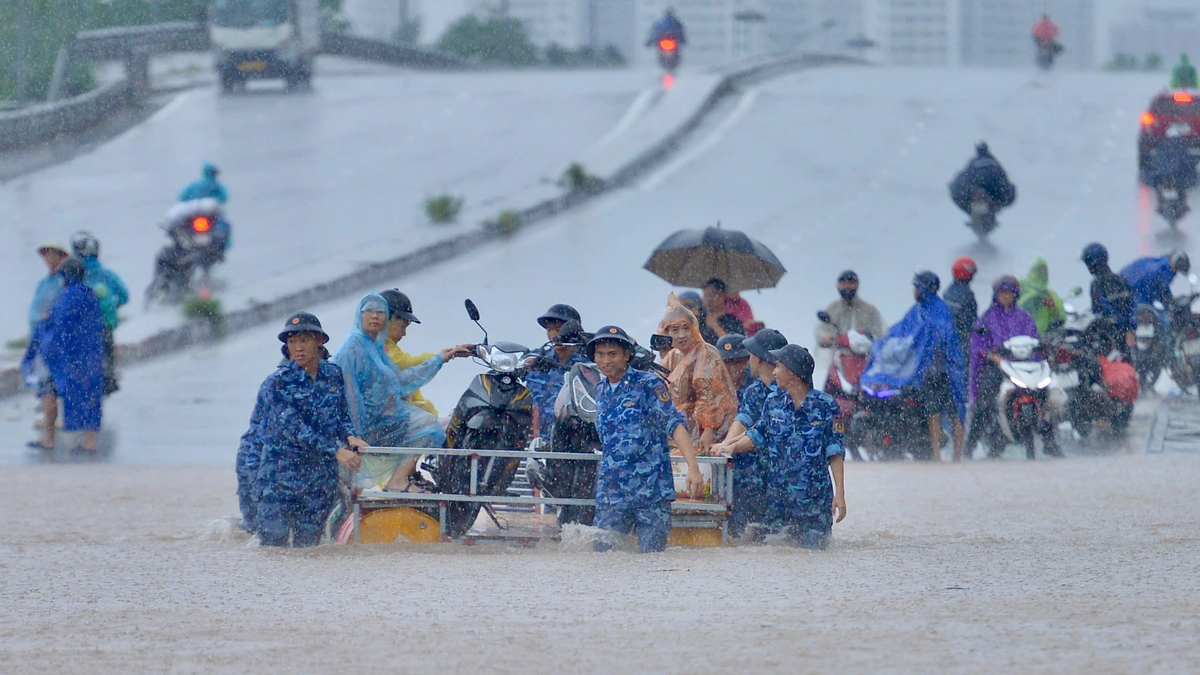



![[Photo] Prime Minister Pham Minh Chinh chairs a meeting of the Government Standing Committee to remove obstacles for projects.](https://vphoto.vietnam.vn/thumb/1200x675/vietnam/resource/IMAGE/2025/10/06/1759768638313_dsc-9023-jpg.webp)

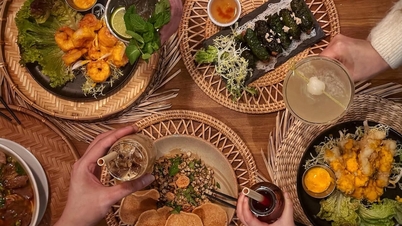

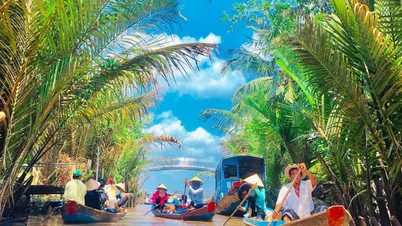

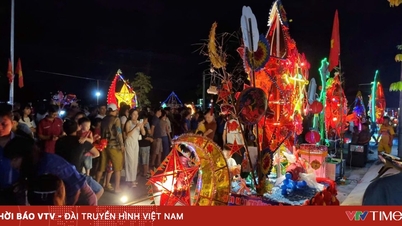

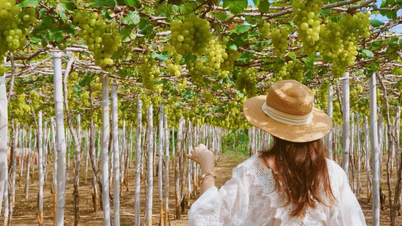

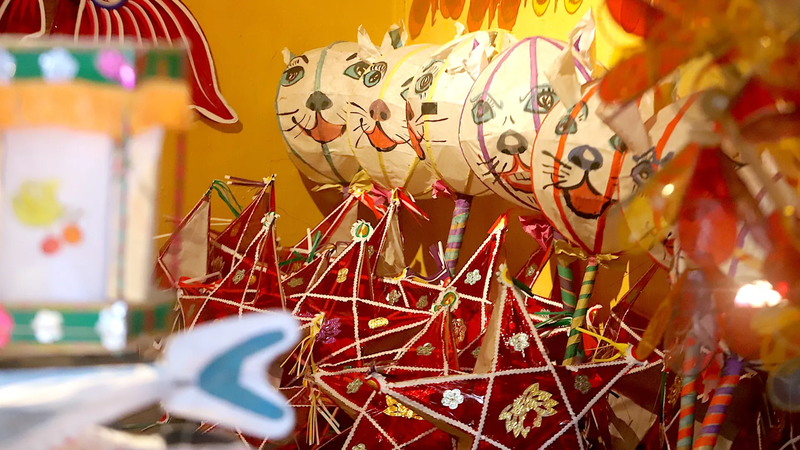
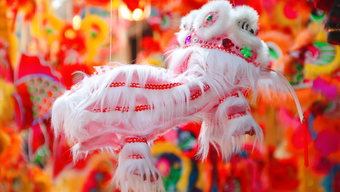





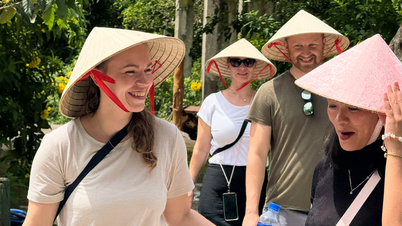


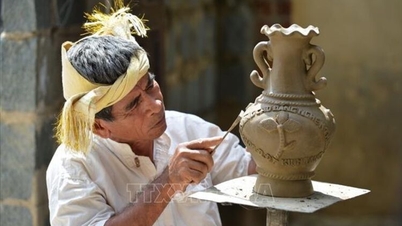

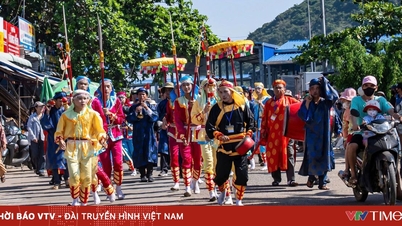
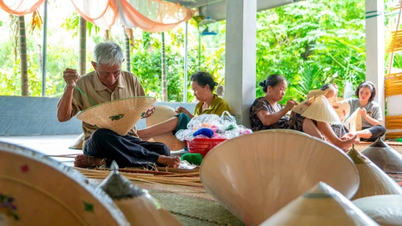

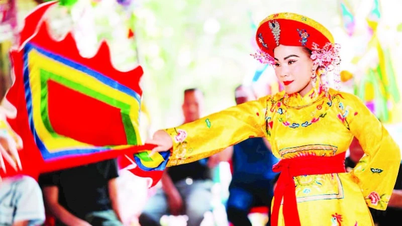
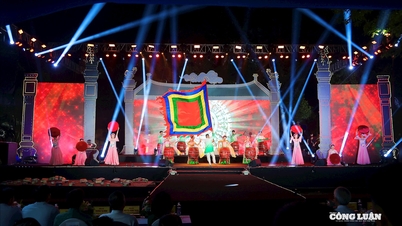

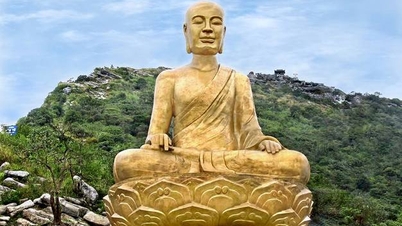

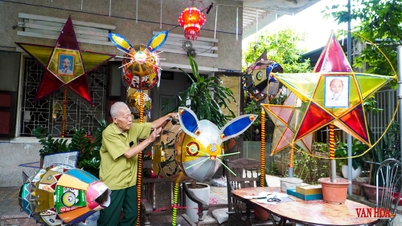



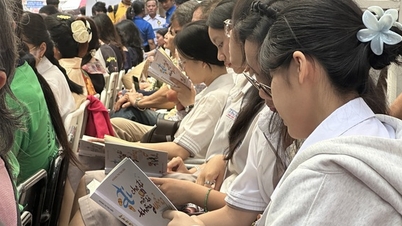

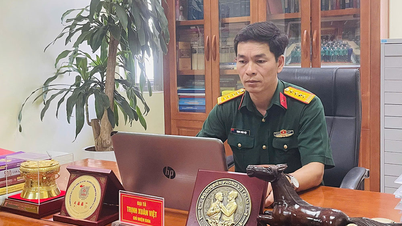

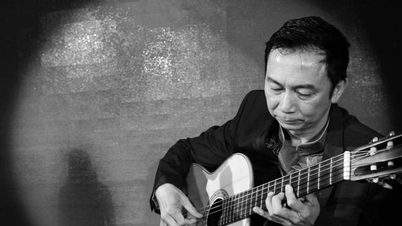
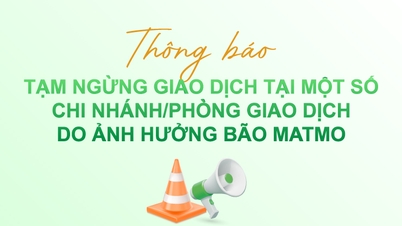





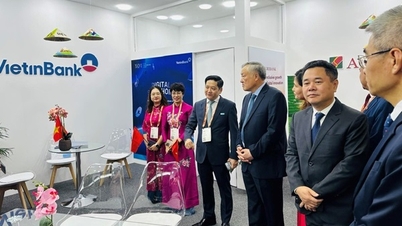












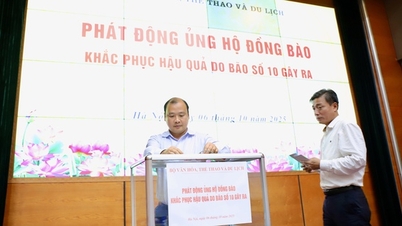


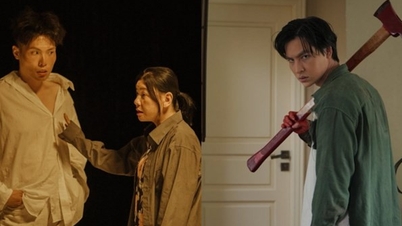




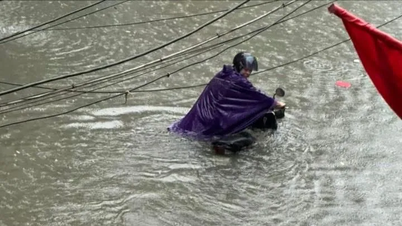



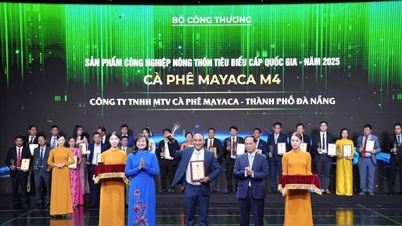
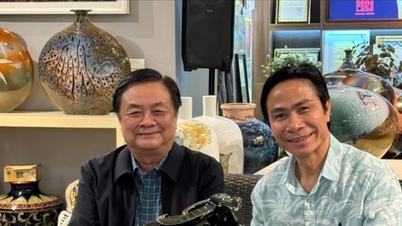

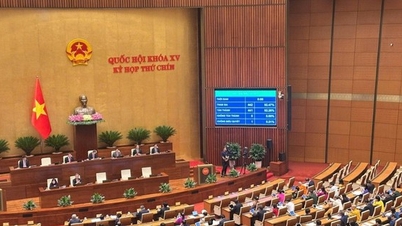








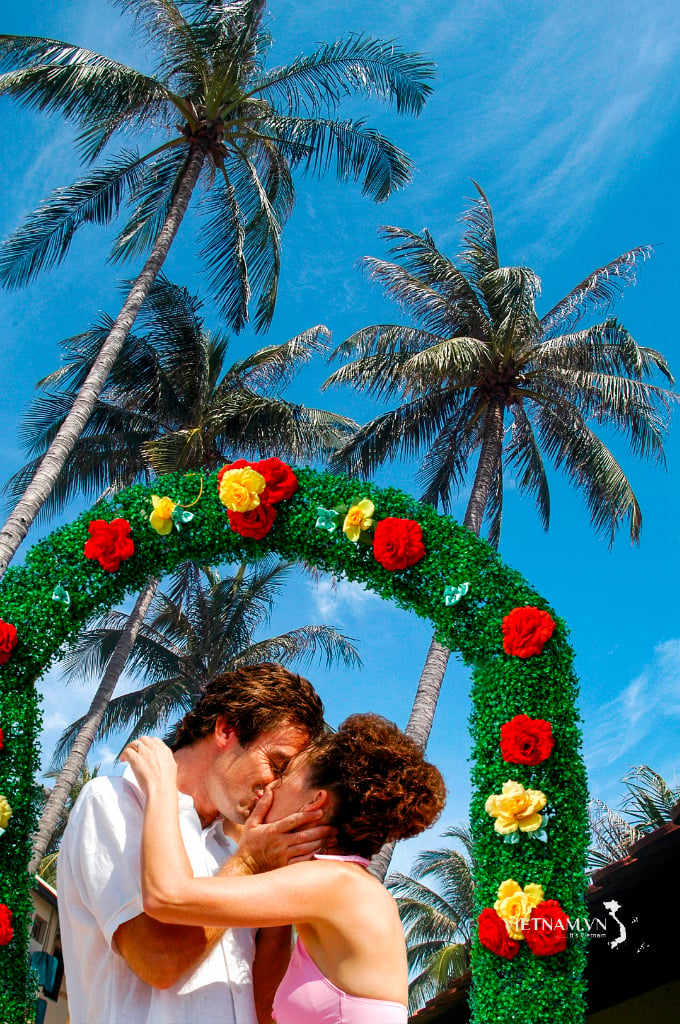
Comment (0)